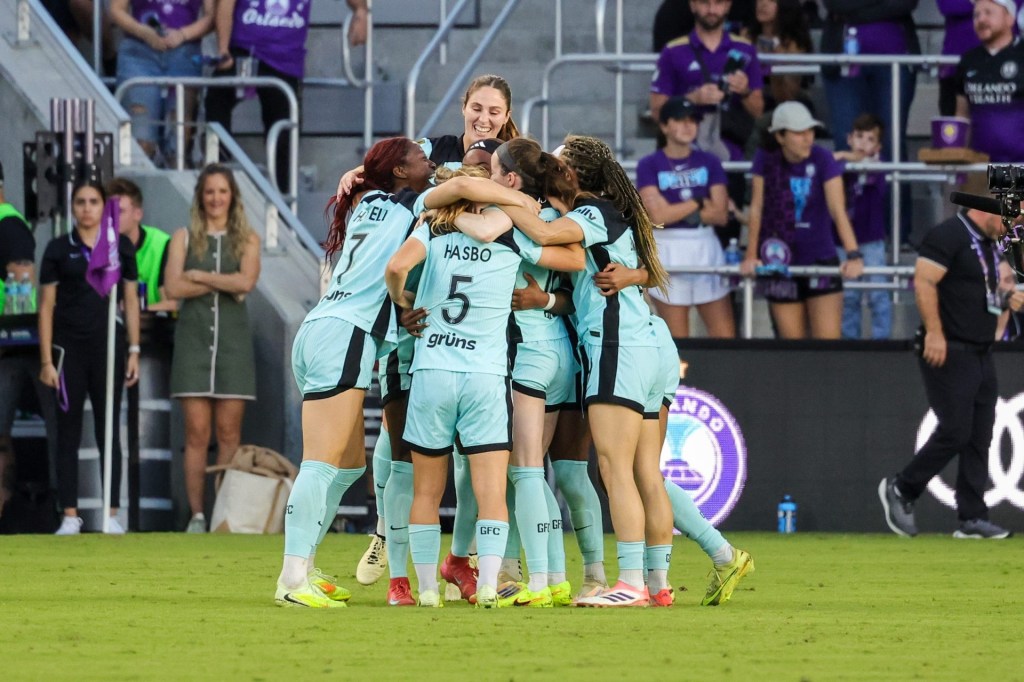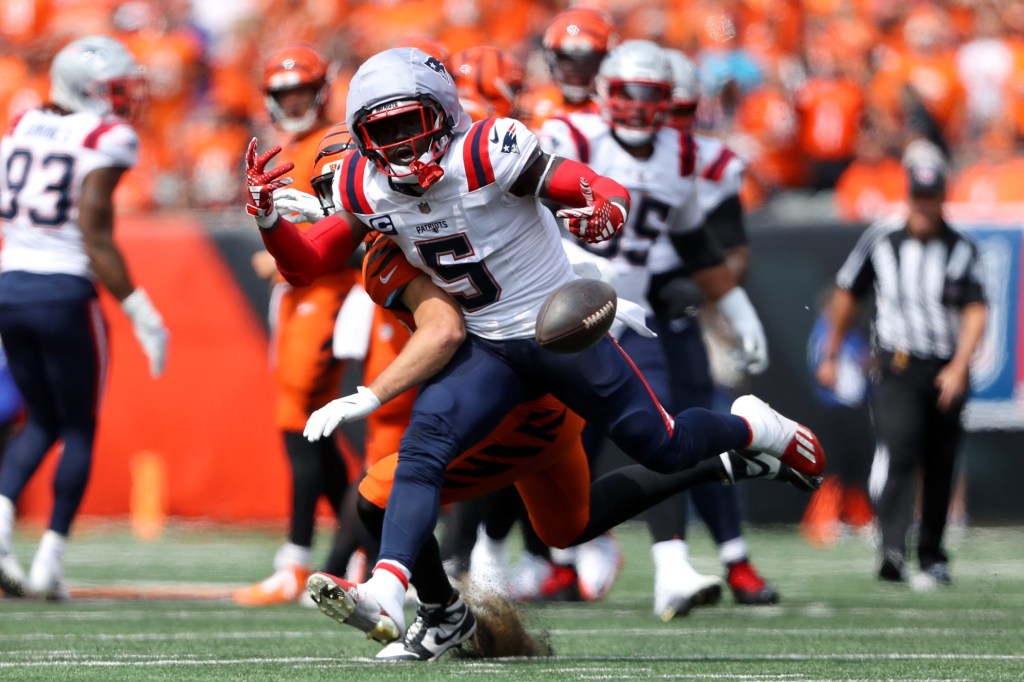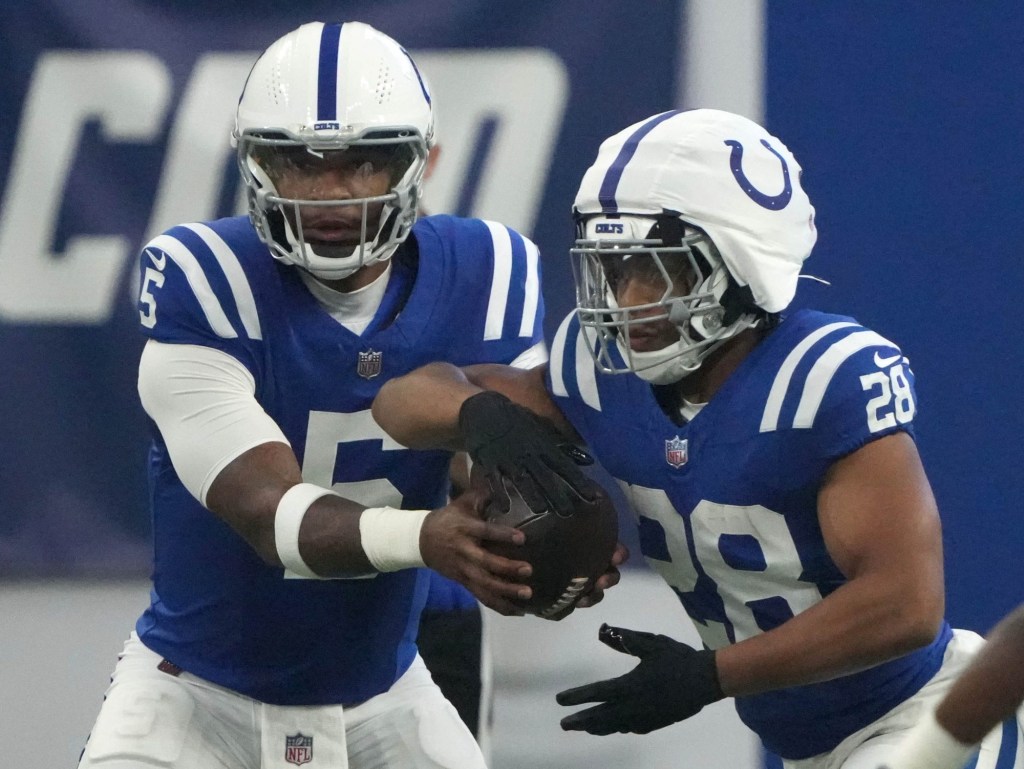A few days before UFC 264, movie theater chain AMC announced that it would air the much-hyped third fight between Dustin Poirier and Conor McGregor at select locations.
The fight was a letdown, with an ugly ending for the TKO’d McGregor, but the intent behind the partnership between AMC and UFC parent Endeavor speaks volumes about each company’s goals and potential futures.
Endeavor: Ongoing Journey to Profitability
Endeavor CEO Ari Emanuel recently told CNBC that he has high expectations for the return of live events, stating that “every sector is in full bloom” and that the UFC bouts planned for 2022 will drive “huge growth.”
In addition to the UFC, Endeavor’s properties include Professional Bull Riders, the Miami Open, and New York Fashion Week, to name a few. An uptick in live events could help the company finally turn profitable.
Endeavor reported revenue of $3.5 billion with operating losses of $655 million in 2020. Prior to the pandemic, 43% of Endeavor’s revenue was generated from live events, with 20% of revenue coming from owned sports properties, per Forbes. According to Endeavor’s S-1 filing, owned sports properties’ line items generated the highest EBITDA margin at 48%.
Increased revenue from the company’s best margin contributor — sports properties — is the ticket to profitability. Naturally, sports will be pushed in new, creative ways.
AMC: Stakes Are High
Movie theaters saw sales decrease by 80% because of the pandemic, with many shuttering due to unsustainable financial burdens.
In December 2020, AMC was close to filing for Chapter 11 bankruptcy — even after receiving $100 million from Mudrick Capital.
Then in February, AMC became a darling of the meme stock phenomenon. The impetus was, in large part, the outsized short position against the company. Driven by Redditors on r/wallstreetbets and other impassioned retail investors, AMC’s share price shot up by 990% — from $2.01 to $19.90.
In June, the price jumped to $62.55, representing YTD growth of over 3000%.
The spike doesn’t make sense fundamentally. Short-term revenue prospects are bleak and future earnings estimates are a shot in the dark at best. But AMC isn’t concerned with the reasoning behind the high valuation and has instead capitalized on the moment.
- At the end of fiscal 2020, AMC had just over 52 million shares of common Class A stock outstanding. Today, the company has 513 million shares outstanding.
- At the end of fiscal 2020, AMC had balance sheet cash and equivalents of $308 million. After the stock issuance frenzy of 2021, that number skyrocketed to $813 million — enough liquidity to cover current corporate borrowings and other debt, for now.
The share issuance program has been vaguely described as a “tool that enables value-creating opportunities for the company.” CEO Adam Aron says one of the reasons AMC needs the cash is to pursue acquisitions.
The beloved but shuttered Arclight and Pacific Theatres chains are reported targets for AMC, but drawing profits from movie tickets alone is an uphill battle in the COVID-19 era.
“F9” made $70 million at the domestic box office during its opening weekend in June and “Black Widow” is pacing for an $89 million debut this weekend. Both are impressive tallies given the climate but pale in comparison to typical “Fast and Furious” and Marvel hauls.
AMC was already seeing declining attendance before the pandemic. From 2018 to 2019, U.S. visitors dropped from about 255 million to 250 million. Like Endeavor, AMC’s path to profitability depends on getting new (and larger numbers of) people to show up.
Big Screen Appeal
The concept of streaming sports in non-traditional settings isn’t totally new.
In August 2019, AMC said it was looking to partner with one of the four major U.S. sports leagues to show games in select theaters. A pilot program kicked off with NFL games a month later. Seats were free after spending $10 at concessions. The idea flopped.
Now, why would the partnership with the UFC be any different?
- First, AMC had a unique value proposition: The $25 entry point was significantly lower than the $75 pay-per-view cost.
- Instead of only offering a “unique experience,” AMC provided customers with a monetary benefit that could make this initiative sticky in the long run.
The UFC might also be more invested in the concept than the NFL was.
Anything that can drive up revenue for Endeavor’s sports properties will have an outsized impact on profitability due to favorable margins. For Endeavor, a dollar earned from sports is simply more valuable than a dollar earned from another revenue stream.
Final Thoughts
Only time will tell if broadcasting sports in movie theaters catches on enough to impact AMC’s bottom line or become a material revenue generator for Endeavor’s flagship sports properties, but I’m optimistic.
My bet is that we will see more partnerships like this in the near future as venues seek to diversify their offerings and leagues look for increasingly innovative ways to engage fans.

















